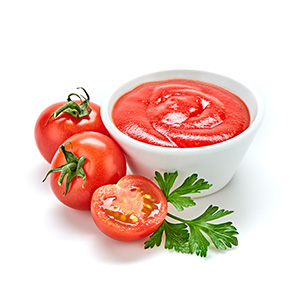Are you hungry?
Delicious Recipes Made Simple
Quick, tasty, and versatile options perfect for lunch or a light meal.

About Chef
Passionate chef sharing my favorite recipes, crafted with love and attention to detail. Discover easy dinners and gourmet dishes to inspire your cooking journey
Quick & Healthy
Dinner
Ingredients
0
Clients Daily
0
+
Years of Experience
0
+
Fresh & Tasty
0
%
Tasty & fresh
Main Recipes Categories
Breakfast Recipes
Quick, tasty meals to kickstart your day.
Lunch Recipes
Flavorful dishes to keep you energized.
Dinner Recipes
Easy, satisfying meals for any night.
Gluten-free Recipes
Delicious, gluten-free meals for all.

Tasty & crunchy
Recommended today
Our latest recipes
Testimonials
Customer Reviews
I love the variety here. Whether it's breakfast, lunch, or dinner, there’s always something new and exciting to try.

Randall McKnight
Your dinner recipes are a hit in my house! The instructions are clear, and the meals always turn out perfect.

Pamela Stover
The gluten-free options are a lifesaver! I’ve struggled to find good recipes, but this blog makes it so easy. My family loves them too

Regina Good
Amazing content and photos! The step-by-step guides are super helpful, especially for someone like me who’s not a great cook

Roberta Taylor








